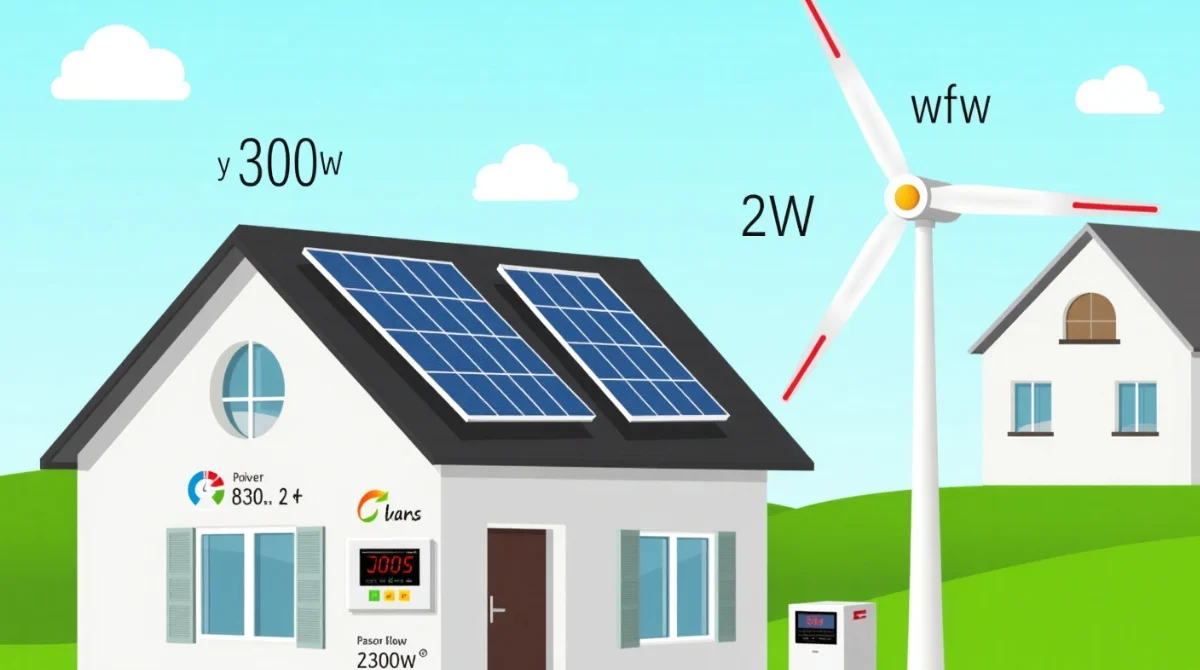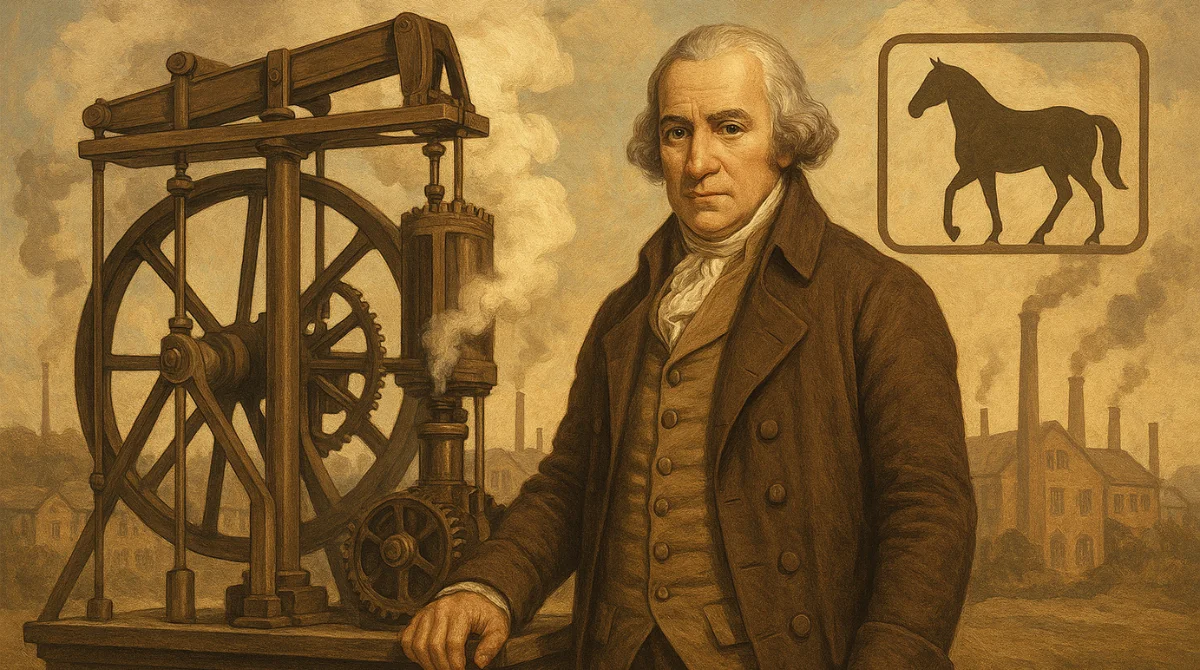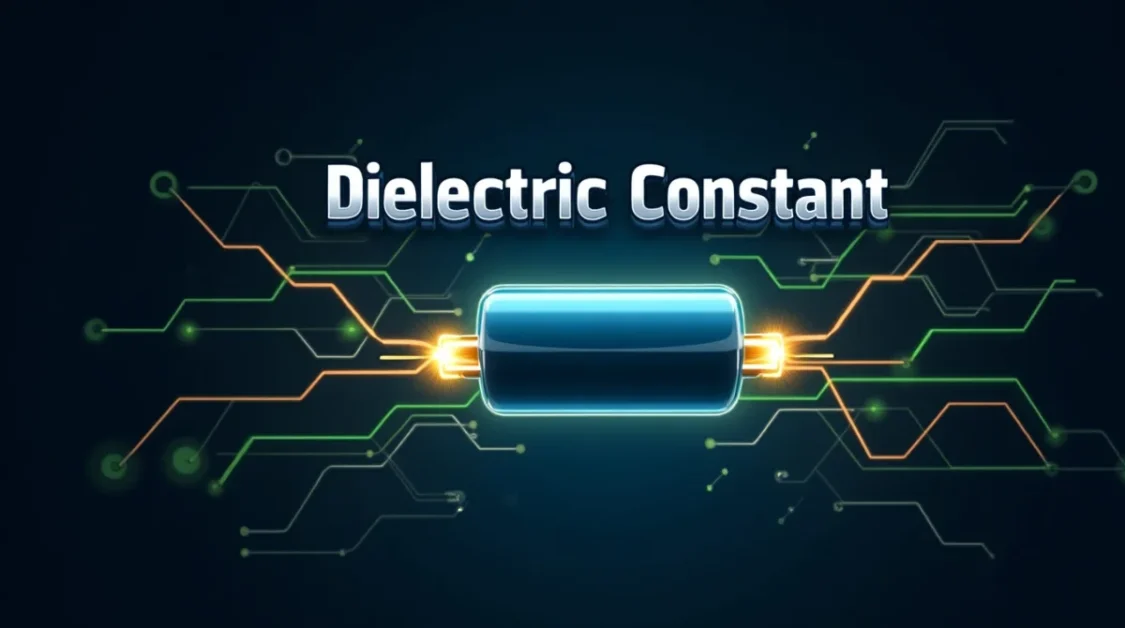In our daily lives, we often come across the term “watt” when dealing with electrical devices, but what does it actually mean? A watt, symbolized as “W,” is the standard unit of power in the International System of Units (SI). It measures the rate at which energy is used or produced. Specifically, one watt equals one joule of energy transferred per second. This means that if a device uses one joule of energy every second, it operates at a power level of one watt. Understanding watts helps us gauge how much electricity our appliances consume and how efficient they are.
The Origin of the Watt
The term “watt” is named after James Watt, an 18th-century Scottish inventor and mechanical engineer. He made significant improvements to the steam engine, which played a crucial role in the Industrial Revolution. To quantify the power output of his engines, Watt introduced the concept of “horsepower,” comparing the engine’s performance to that of draft horses. Later, the watt was adopted as a unit of power to honor his contributions to science and engineering.
Understanding Power: Watts, Volts, and Amps
To grasp what a watt measures, it’s helpful to understand its relationship with volts and amps. In electrical terms:
- Voltage (V): The potential difference or “pressure” that pushes electric charges through a conductor.
- Current (A): The flow of electric charge, measured in amperes or “amps.”
- Power (W): The rate at which electrical energy is consumed or generated.
The relationship between these quantities is given by the formula:
Power (W) = Voltage (V) × Current (A)
This means that if you know the voltage and current in a circuit, you can calculate the power in watts.
Real-World Examples of Wattage
Understanding watts becomes more intuitive when we look at common household items:
- LED Light Bulb: Typically uses about 10 watts, providing the same brightness as a 60-watt incandescent bulb.
- Laptop Charger: Consumes around 45 to 65 watts, depending on the model.
- Microwave Oven: Operates at approximately 800 to 1,200 watts.
- Hair Dryer: Can use between 1,000 to 2,000 watts.
These examples illustrate how different devices require varying amounts of power to function.
What is a Watt-Hour and Why It Matters
We’ve talked about what a watt is — it tells us how fast energy is being used. Now let’s look at watt-hour, often written as Wh. This is a measure of how much energy is used over time. If a device uses one watt of power for one hour, it has used one watt-hour of energy.
For example, if you leave a 100-watt light bulb on for one hour, it uses 100 watt-hours of energy. If you keep it on for 10 hours, it uses 1,000 watt-hours, or 1 kilowatt-hour (kWh). That’s the unit your electricity bill uses.
Understanding watt-hours helps you see how much energy you’re using, not just how fast you’re using it. It’s the difference between knowing the speed of a car (watts) and the distance it has traveled (watt-hours).
So next time you look at an appliance or check your electricity bill, remember — watts show power, watt-hours show energy over time.
Measuring Energy Consumption: Kilowatt-Hours
While watts measure the rate of energy use, energy consumption over time is measured in kilowatt-hours (kWh). One kilowatt-hour equals the energy used by a 1,000-watt appliance running for one hour. For instance, if you use a 100-watt light bulb for 10 hours, it consumes 1 kWh of energy. Electricity bills are typically calculated based on the total kilowatt-hours consumed during a billing period.
Why Knowing About Watts is Important
Understanding watts isn’t just for electricians or engineers — it actually helps everyone in daily life. When you know what watts are and how they work, you can make smarter choices about the devices and appliances you use every day. Here’s why it matters:
1. Helps You Save Money
Knowing how many watts a device uses helps you figure out how much electricity it needs. Devices that use more watts will usually cost more to run. For example, a 1500-watt heater will increase your bill faster than a 100-watt fan. By picking low-watt appliances or using high-watt ones wisely, you can lower your monthly electricity bills.
2. Helps You Choose the Right Appliances
When buying a new gadget or appliance, you often see the wattage listed on the box or label. This tells you how powerful the item is. For example, a 1200-watt microwave heats food faster than a 700-watt one. But if you just need to warm up leftovers, the smaller one might be enough — and use less energy. Knowing about watts helps you buy what suits your actual needs.
3. Prevents Overloading and Electrical Hazards
Every electrical circuit in your home has a limit. If you plug in too many high-wattage devices on the same circuit, it can overload and trip a breaker — or even cause a fire hazard. Understanding how many watts your devices use helps you avoid these risks and keep your home safe.
4. Improves Energy Efficiency
More people are trying to live in eco-friendly ways and cut down their energy use. Knowing about watts can help with that. For example, switching from an old 60-watt bulb to a 10-watt LED saves energy without losing brightness. That’s better for the planet and your pocket.
5. Makes It Easier to Understand Your Electricity Bill
Electric companies charge you based on how much energy you use, measured in kilowatt-hours (kWh). Since 1 kilowatt equals 1,000 watts, knowing how many watts your appliances use can help you estimate how much your electricity bill will be — and where you might be using too much power.
6. Helps With Battery Life and Charging
When you use battery-powered devices like phones, laptops, or power banks, watts matter. A charger that gives out more watts will charge your phone or laptop faster. Also, if your device uses fewer watts, the battery will last longer between charges.
How Watts Are Used in Renewable Energy?

Watts play a big role in renewable energy, just like they do with everyday appliances. But instead of showing how much power a device uses, in renewable energy, watts show how much power a system produces. Whether it’s solar panels, wind turbines, or hydro systems — watts help us understand the power these systems generate.
1. Solar Panels and Watt Ratings
Solar panels are rated in watts, usually between 250 to 400 watts per panel. This number tells you how much electricity the panel can produce in one second under perfect conditions (like bright sunlight at noon).
For example:
- A 300-watt solar panel means it can produce 300 watts of power every second under ideal sunlight.
- If that panel works at full power for 1 hour, it will produce 300 watt-hours (Wh) of energy.
If you connect 10 panels of 300 watts, you’ll have a 3,000-watt (or 3-kilowatt) system. The total electricity generated over time is measured in kilowatt-hours (kWh), and that’s what helps power your home.
2. Wind Turbines and Power Output
Wind turbines also use watts to measure power output. A small home wind turbine might generate 500 watts, while larger ones used in wind farms can generate megawatts (1 megawatt = 1,000,000 watts).
The stronger and more consistent the wind, the more watts the turbine can produce. That’s why wind farms are built in windy areas — to get the most out of each turbine.
3. Comparing Energy Needs to Watt Production
Let’s say your home uses 900 kilowatt-hours of electricity in a month. If your solar panels produce 30 kilowatt-hours per day, they can cover your monthly needs. Understanding watts helps you plan your renewable system based on how much energy you want to produce.
4. Inverters and System Limits
In renewable energy systems, especially solar, the inverter (which changes the electricity from DC to AC so it can power your home) is also rated in watts. You need to make sure your inverter can handle the total wattage your system produces, or else it could become overloaded or limit how much energy you can actually use.
5. Battery Storage and Watt Usage
If you use batteries to store energy from your solar panels or wind turbines, wattage is important here too. The higher the watt output of your devices, the faster the batteries will drain. So knowing your system’s watt needs helps you choose the right battery capacity and understand how long your backup power will last.
Why This All Matters
Watts help us size and understand renewable energy systems. Whether you’re planning to go solar, install a wind turbine, or just want to be more energy-aware, knowing how many watts your system can generate helps you:
- Match your energy production to your energy use.
- Buy the right number of solar panels or the right size turbine.
- Pick the correct inverter and battery backup system.
- Reduce your electricity bills and rely less on the grid.
FAQ
1. How Are Watts Different from Volts?
Watts and volts are related but not the same. Volts measure the pressure or force that pushes electric current through a wire, while watts measure the amount of power being used or produced.
You can think of it like water in a pipe:
- Volts are the water pressure.
- Amps (current) are the flow of water.
- Watts are how much water is actually being delivered over time.
In electricity, watts = volts × amps. So, if you increase either the voltage or the current, the wattage (power) also goes up.
2. What Does a Watt Actually Measure?
A watt is a unit that measures power — the rate at which energy is used or produced. If a device uses one joule of energy per second, it’s using one watt of power.
For example, a 100-watt light bulb uses 100 joules of energy every second it’s on. So, the higher the wattage, the more power a device consumes or produces.
3. What Do Watts Mean in Electricity?
In electricity, watts tell you how much power an electrical device is using or generating at any given moment. It helps you understand how “heavy” or “light” a device’s energy usage is.
For example:
- A 60-watt light bulb uses more electricity than a 10-watt LED bulb.
- A 1,500-watt heater uses a lot of electricity quickly, which can affect your electricity bill.
Watts are essential for choosing the right appliances, understanding your power usage, and managing your electricity costs.
Conclusion
A watt is a fundamental unit that measures the rate of energy transfer or consumption. By understanding what watts represent, we can make informed decisions about energy usage, select appropriate appliances, and contribute to more efficient energy consumption. Whether it’s choosing the right light bulb or designing a renewable energy system, knowledge of watts empowers us to use energy wisely.
Related Topic: Realwatt Energy Saver: Unveiling the Power of Energy Efficiency



